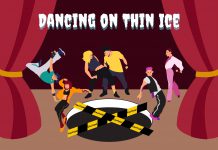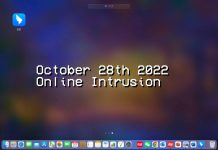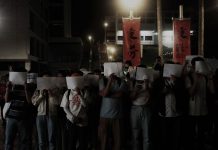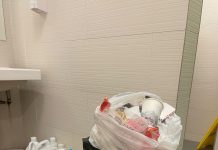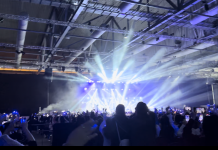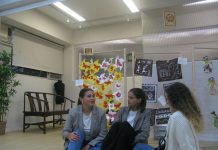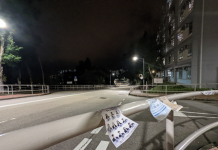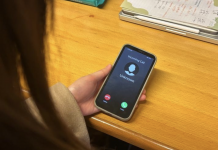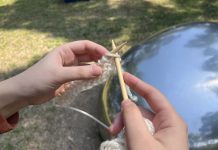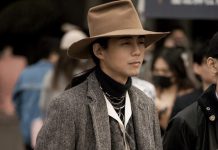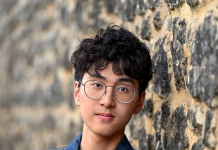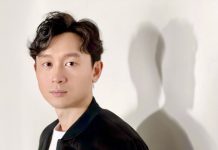This DIY feature is also emphasised in many of the city’s selfie studios. Unlike traditional studios, these self-service studios allow customised self portraits using professional photographic equipment and a wide range of props. Customers take their own photos using a remote control which connects to the shutter of the camera.
Since the first selfie studio appeared in 2013, the photo-taking business has witnessed a revival with a growing fanbase on social media. SNAPARTY in Mongkok is a selfie studio founded by three young people. Here, customers can take unlimited photos in an hour-long session. They can then collect their photos immediately afterwards without having to wait for printing.
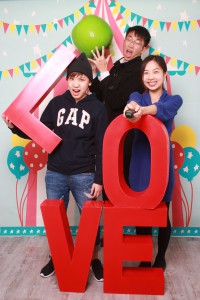
The studio has all types of customers including couples, office ladies, models, students, mothers with their babies and even elders. On average, people usually take around 200 photos in an hour but three girls once took a record 3,000 plus photos in just 53 minutes.
The studio’s founders attribute the popularity of selfie studios to the fact customers have full autonomy of the photographic process. Without a professional photographer, they can play and enjoy the time without anyone watching. “It’s more valuable and special to hand-make your own memory, different from one that is created by others,” says 24-year-old Vien Wong Wai-ying who co-founded the studio.
Wong’s partner, 23-year-old Nala Li Ka-lun, believes social media also creates a new demand for visual content among the younger generation. Li says visual communication is the dominant mode of communication on the internet. People use images to record and share their memorable experiences with others. “People are unresponsive towards everything except visual content,” Li says. “Facebook and Instagram give you the urge to upload the photos, whereas in the past you didn’t see the necessity.”
As selfie-taking has become a widespread and “normal” activity, local visual artist Rachel Ip Hiu-yin has launched a project called “100 Self-Portraits of Hongkongese”. Through the project, she hopes to probe the question of Hong Kong people’s identity by asking people to take selfies while at the same time promoting photography.
From an artistic point of view, Ip sees the selfie as a special way of seeing, as the photographer is more aware of the presentation of the image when he shoots his own picture. She hopes this project can help people to reflect on the way they are taking selfies and the way they see themselves amidst the flood of selfies on social media.
To Ip, the selfie is a tool for people to record their own history through images.
“It is in fact producing the world’s greatest ethnography, an in-depth and penetrative one that has never been seen in human history,” Ip explains. “Everyone writes his own history. Everyone is a contributor.”
Humans have a long history of making self-portraits. Ip says it has always been people’s wish to record their own images. The emergence of the selfie has merely rekindled and elevated this impulse. “People have always had this desire [to record their own image]. It has never stopped. It’s just when the tools become more accessible, people can achieve this more easily.”
Edited by Brian Wong
* In the print edition of this story, Daniel Lau’s age is incorrectly given as 25. We apologise for the error.



